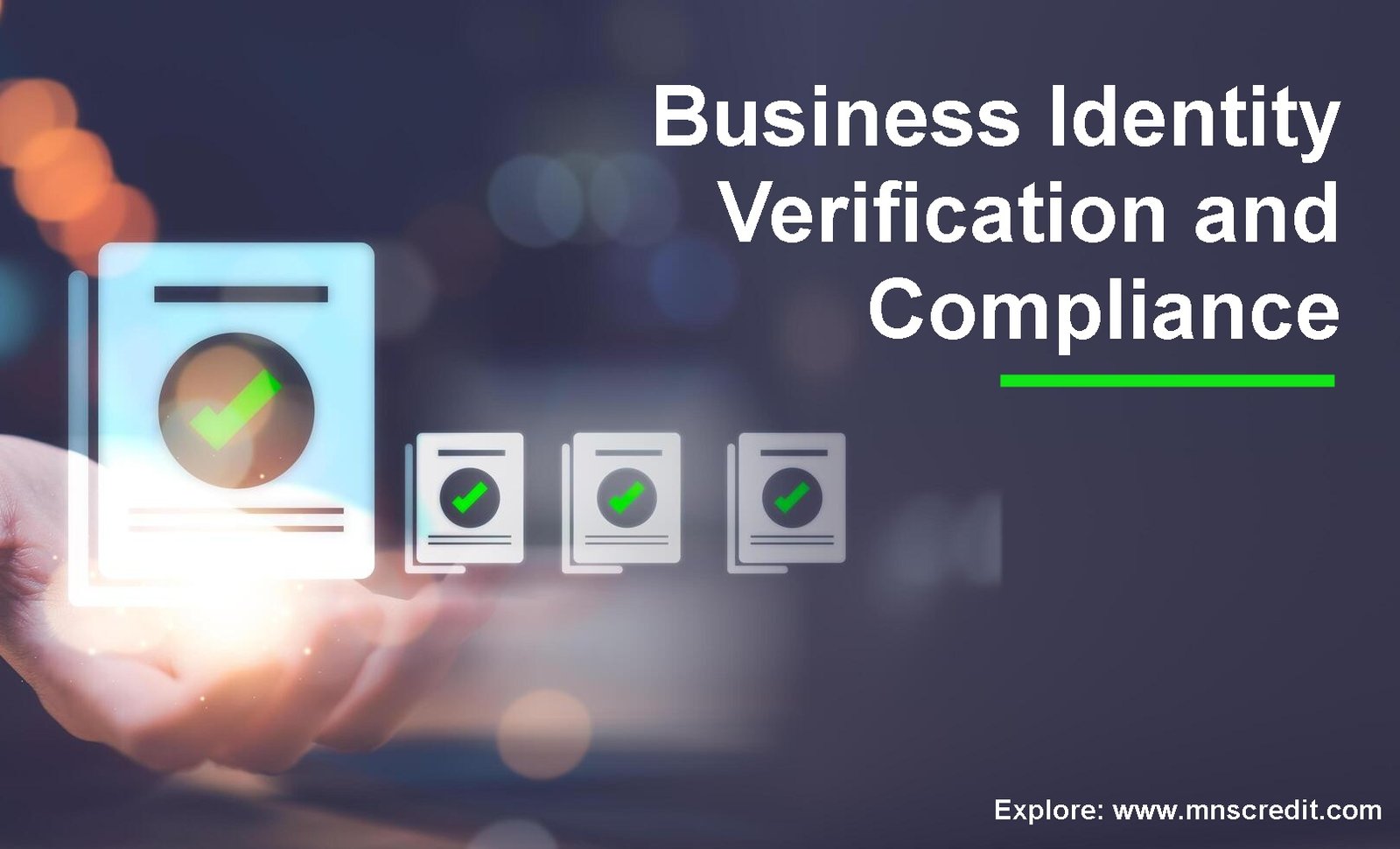Introduction
In India’s fast-evolving regulatory ecosystem, compliance has become a central pillar of doing business. The Reserve Bank of India (RBI) and the Securities and Exchange Board of India (SEBI) have laid down robust frameworks to ensure financial transparency, prevent fraud, and maintain systemic integrity. For Indian companies, especially those involved in cross-border or large-value transactions, adhering to these compliance standards is not just a legal necessity—it is a fundamental business requirement.
Among the key tools that have emerged to support regulatory compliance is the Legal Entity Identifier (LEI). This 20-character alphanumeric code uniquely identifies legally distinct entities that engage in financial transactions. Coupled with identity verification mandates, especially for businesses and sellers, the LEI system plays a critical role in promoting trust, reducing counterparty risk, and enhancing data quality across markets.
This article explores the core RBI and SEBI compliance frameworks for Indian companies, delves into the LEI system and its renewal requirements, and examines the broader landscape of business and seller identity verification in India.
RBI and SEBI: The Pillars of Financial Regulation
RBI Compliance Overview
The Reserve Bank of India (RBI) is India’s central banking institution and regulator of the financial system. RBI’s compliance mandates apply primarily to banks, non-banking financial companies (NBFCs), and entities engaged in cross-border or financial transactions.
Key RBI compliance requirements include:
- KYC Norms (Know Your Customer): All financial institutions must conduct thorough KYC checks for individuals and entities before providing services.
- FEMA Regulations: Businesses engaged in foreign exchange transactions must adhere to the Foreign Exchange Management Act (FEMA), including outward remittances, foreign investments, and ECB (External Commercial Borrowings).
- Anti-Money Laundering (AML): Financial institutions must comply with the Prevention of Money Laundering Act (PMLA) to report suspicious transactions.
- LEI Requirement: RBI mandates that entities undertaking large-value payments (₹50 crore and above) must obtain and maintain a valid LEI.
SEBI Compliance Overview
The Securities and Exchange Board of India (SEBI) regulates capital markets, protecting investor interests and ensuring transparency.
Key SEBI compliance areas include:
- Listing Obligations and Disclosure Requirements (LODR): Listed companies must disclose financials, board decisions, and material events in a timely manner.
- Insider Trading and Takeover Regulations: Rules designed to prevent unfair trade practices and protect retail investors.
- LEI for Market Participants: SEBI has mandated LEI for all participants in securities markets, including mutual funds, portfolio managers, and alternative investment funds.
Understanding Legal Entity Identifier (LEI)
What is LEI?
The Legal Entity Identifier (LEI) is a unique 20-digit code assigned to legal entities participating in financial transactions. It is based on the ISO 17442 standard developed by the International Organization for Standardization (ISO).
The structure of the LEI includes:
- A four-character prefix identifying the Local Operating Unit (LOU),
- Two reserved characters (00),
- A unique 12-digit alphanumeric string,
- And two check digits for validation.
The Global Legal Entity Identifier Foundation (GLEIF) oversees the system globally, while in India, authorized Local Operating Units (LOUs) like Legal Entity Identifier India Ltd. (LEIL), a wholly-owned subsidiary of the Clearing Corporation of India Ltd (CCIL), manage issuance and renewal.
Why LEI is Important
LEI enhances transparency and traceability in financial transactions. Its benefits include:
- Reducing counterparty risk by identifying all parties to a transaction,
- Supporting regulators in monitoring systemic risk and market abuse,
- Improving risk management for banks and financial institutions,
- Facilitating KYC and AML checks through standardized data.
LEI in Indian Regulatory Framework
In India, both RBI and SEBI have made LEI mandatory in specific contexts:
- RBI mandates LEI for:
- All entities undertaking transactions in interest rate, currency, and credit derivatives.
- Participants in OTC markets for rupee interest rate derivatives.
- Large value transactions (₹50 crore and above) undertaken by non-individuals through RTGS/NEFT.
- Borrowers of ₹5 crore and above under the credit exposure framework.
- SEBI mandates LEI for:
- Market participants involved in the securities and derivatives market.
- Foreign Portfolio Investors (FPIs).
- Mutual Funds, Alternative Investment Funds (AIFs), Portfolio Managers, and more.
Failure to obtain or renew the LEI can result in restrictions on transactions or suspension of market participation.
LEI Renewal: A Critical Compliance Responsibility
LEI Validity and Renewal Timeline
An LEI is valid for one year from the date of issuance or its last renewal. Timely LEI renewal is essential to maintain uninterrupted access to financial markets and remain in good standing with regulatory bodies. It must be renewed annually by the legal entity to ensure continuity of regulatory recognition.
Renewal involves:
- Verifying and updating entity reference data,
- Revalidating legal and ownership structure,
- Ensuring the information remains current and accurate.
Entities can initiate the renewal via the same LOU that issued the LEI or any other accredited LOU recognized by GLEIF.
Consequences of Non-Renewal
An expired LEI can have significant compliance repercussions:
- Transaction Blocks: Financial institutions may reject or delay transactions for expired LEIs, especially large-value or cross-border ones.
- Regulatory Non-Compliance: Entities may be flagged by RBI or SEBI for non-adherence, potentially incurring penalties.
- Loss of Counterparty Confidence: Counterparties may hesitate to engage with entities that have expired or invalid LEIs due to perceived compliance risks.
Regular renewal is thus not just a regulatory requirement—it is a best practice for risk mitigation and financial integrity.
Identity Verification in Indian Business Compliance
While LEI offers an organizational-level identifier for financial transactions, identity verification, especially for individual sellers and vendors, is an equally important layer of compliance. Regulatory frameworks increasingly emphasize seller identity verification to prevent impersonation, GST fraud, and shell entity operations.
Key Mechanisms for Identity Verification:
- PAN and Aadhaar-Based KYC: Permanent Account Number (PAN) is mandatory for tax and investment purposes, while Aadhaar (biometric-based ID) is widely used for eKYC under the UIDAI framework.
- Video KYC: Introduced during the COVID-19 pandemic and now widely accepted, video-based KYC allows remote verification of individuals and company representatives.
- Central KYC Registry (CKYCR): This is a centralized repository of KYC records for customers across financial institutions. Entities are required to fetch and update customer KYC from this repository to maintain uniformity and reduce duplication.
- Digital Signatures and eSign: Many regulated sectors now require digital signatures (Class II or III) for authentication and electronic document signing, especially during incorporation, GST filings, and securities market participation.
These mechanisms ensure that businesses are engaging with legitimate and verifiable counterparties, bolstering the overall integrity of the financial ecosystem.
Challenges in LEI and Identity Compliance
Despite regulatory clarity, Indian businesses—especially MSMEs and startups—face several hurdles in full compliance:
- Awareness Gap: Many companies are unaware of LEI obligations until they are flagged by banks or regulators. Outreach and education are limited, especially outside metro cities.
- Operational Delays: LEI issuance and renewal can face documentation delays, especially if ownership or legal structure has changed and is not updated with the MCA.
- Data Quality Issues: Poorly maintained company records can lead to mismatches during verification, creating roadblocks in KYC or LEI processing.
- Cost Concerns: While LEI registration and renewal fees are modest (~₹3,000–5,000), small enterprises often deprioritize these expenses unless mandated for a transaction.
Mitigating these challenges requires stronger collaboration between regulators, financial institutions, and industry bodies to build awareness, streamline digital workflows, and encourage voluntary compliance.
The Future of Compliance: Toward a Unified Digital Identity
India is moving steadily toward a unified digital compliance architecture where systems like LEI, GSTIN, PAN, and Aadhaar can interact seamlessly. Initiatives like Account Aggregator (AA) framework, Digital Public Infrastructure (DPI), and the Business Identification Number (BIN) proposed by the government aim to simplify entity-level verification and financial data sharing across regulators.
Moreover, global trends such as cross-border LEI integration, machine-readable regulatory reporting, and automated risk flagging are likely to shape the future of Indian compliance. For companies, this means staying updated is not optional—it’s strategic.
Conclusion
In today’s regulatory climate, compliance is no longer a back-office activity—it is a business enabler. RBI and SEBI have been proactive in enforcing a culture of accountability, transparency, and systemic security. The Legal Entity Identifier (LEI) plays a central role in this transformation, offering a globally recognized system for entity identification and risk management.
Combined with robust identity verification protocols—from KYC and CKYCR to PAN, Aadhaar, and video-based checks—these measures serve not just regulatory ends but also build market credibility, investor trust, and financial discipline.
For Indian companies, particularly those operating in regulated sectors, compliance with LEI and identity mandates should be viewed as a critical investment—not just a checkbox. LEI Registration in india, It ensures smoother transactions, prevents regulatory penalties, and strengthens the company’s position in an increasingly digital and interconnected financial world.












Leave a Reply